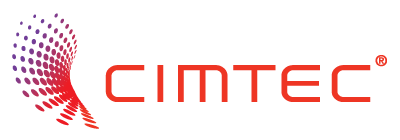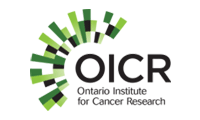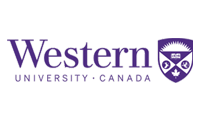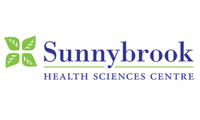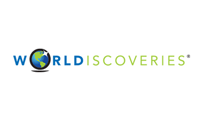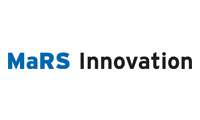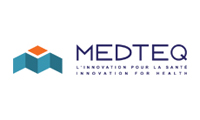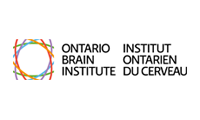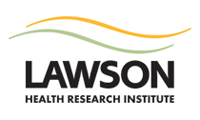CIMTEC Client 3D Signatures Inc. Initiates Hodgkin’s Lymphoma Validation Program
3D Signatures Inc. (DXD.V) (TDSGF) (3D0.F) (the "Company" or "3DS"), is pleased to announce that the validation program for its Hodgkin’s lymphoma (“HL”) test (“Telo-HL”) is underway. Telo-HL is powered by the Company’s proprietary TeloViewTM software platform. The purpose of Telo-HL is to stratify HL patients at the point of diagnosis into non-relapsing and relapsing patients so that relapsing patients may be considered for alternative treatments to standard chemotherapy at the beginning of their treatment process. There is currently no biomarker available that can predict patient response to standard chemotherapy in HL patients, and thereby help guide treatment decisions on an individual basis.
“We are truly excited to initiate this program, which we believe will validate the TeloViewTMplatform as a disruptive technology based on a universal structural biomarker,” commented Jason Flowerday, CEO of 3D Signatures. “Telo-HL has the unique ability to help physicians personalize effective treatments. Once commercially available, we believe this technology will give physicians foresight that is simply unavailable through conventional diagnostic testing.”
The Telo-HL validation program consists of five stages which aim to develop a commercially marketable Laboratory Developed Test (“LDT”) within the next twelve months:
- Assay development: This stage included testing different components of the wet lab protocol, imaging protocol and image analysis; optimizing the different variables and combining the components into a single locked protocol. This stage is complete.
- Assay validation: This stage includes validating the consistency of key reagents and the reproducibility of the locked protocol. This stage is in progress and is expected to be completed in the first quarter of 2017.
- Clinical trial to develop and finalize the prognostic scoring model: Finalizing the scoring model includes processing 250-300 retrospective HL patient samples that match the targeted prognostic criteria for the test. A statistical scoring model will be developed from the data collected during the clinical trial. The scoring model will establish a positive predictive value, or cut-off, that delineates patients with good outcomes from patients with bad outcomes (relapse vs. non-relapse). The Company has received the first batch of samples for this stage of the process.
- Validation of the scoring model: Validating the scoring model includes processing 70-100 retrospective HL patient samples and analyzing the results according to the scoring model developed in stage three. This validation stage will seek to confirm that the Telo-HL test results match the clinical outcomes for each of the patients.
- Analytical validation by a CAP/CLIA certified clinical laboratory: A clinical laboratory partner that plans to offer the Telo-HL commercially will conduct this final validation step. This stage includes processing 40-60 patient samples in duplicate or triplicate by different operators to confirm the reproducibility of the assay in a certified clinical laboratory setting. Once the clinical laboratory partner has successfully completed its own analytical validation they will have the authority to approve the test as an LDT. The clinical laboratory will then be able to market and offer the test commercially. Subject to deal terms with 3DS’s clinical laboratory partner(s), the final validation stage to develop an LDT can be expanded to other clinical laboratories across North America to address the commercial opportunities in multiple jurisdictions.
“There is a very real clinical need for an accurate diagnostic test to predict responsiveness to standard chemotherapy for Hodgkin’s lymphoma patients,” noted Dr. Hans Knecht, 3DS advisor and Professor of Medicine and Chief, Division of Hematology at McGill University and Jewish General Hospital, Montreal. “Such a test would empower physicians to make treatment decisions on an individual basis.”
In addition to better patient outcomes, the Company expects that personalized treatment will result in improved healthcare economics. The estimated cost of treatment in the United States for non-relapsing and relapsing HL patients is approximately $90,000 and $400,000 USD respectively.[1] The ability to identify the appropriate treatment for an individual patient at the time of diagnosis should result in expedited use of alternative treatment options and cost savings to the payor.
About 3DS
3DS (DXD.V) (TDSGF) (3D0.F) is a personalized medicine company with a proprietary software platform based on the three-dimensional analysis of chromosomal signatures. The technology is well developed and supported by 22 clinical studies on over 2,000 patients on 13 different cancers and Alzheimer’s disease. Depending on the desired application, this platform technology can measure the stage of disease, rate of progression of disease, drug efficacy, and drug toxicity. The technology is designed to predict the course of disease and to personalize treatment for the individual patient. For more information, visit the Company’s new website at http://www.3dsignatures.com.
Forward-Looking Information
This news release includes forward-looking statements that are subject to risks and uncertainties. Forward-looking statements involve known and unknown risks, uncertainties, and other factors that could cause the actual results of the Company to be materially different from the historical results or from any future results expressed or implied by such forward-looking statements. All statements within, other than statements of historical fact, are to be considered forward looking. Although 3DS believes the expectations expressed in such forward-looking statements are based on reasonable assumptions, such statements are not guarantees of future performance and actual results or developments may differ materially from those in forward-looking statements. Risk factors that could cause actual results or outcomes to differ materially from the results expressed or implied by forward-looking information include, among other things: market demand; technological changes that could impact the Company’s existing products or the Company’s ability to develop and commercialize future products; competition; existing governmental legislation and regulations and changes in, or the failure to comply with, governmental legislation and regulations; the ability to manage operating expenses, which may adversely affect the Company’s financial condition; the Company’s ability to successfully maintain and enforce its intellectual property rights and defend third-party claims of infringement of their intellectual property rights; adverse results or unexpected delays in clinical trials; changes in laws, general economic and business conditions; and changes in the regulatory regime. There can be no assurances that such statements will prove accurate and, therefore, readers are advised to rely on their own evaluation of such uncertainties. We do not assume any obligation to update any forward-looking statements.
Neither the TSX Venture Exchange nor its Regulation Service Provider (as that term is defined in the policies of the TSX Venture Exchange) accepts responsibility for the adequacy or accuracy of this release.
[1] Hansen et al., “The cost of relapse in Hodgkin’s lymphoma,” J. Clin Oncol 32, 2014.
